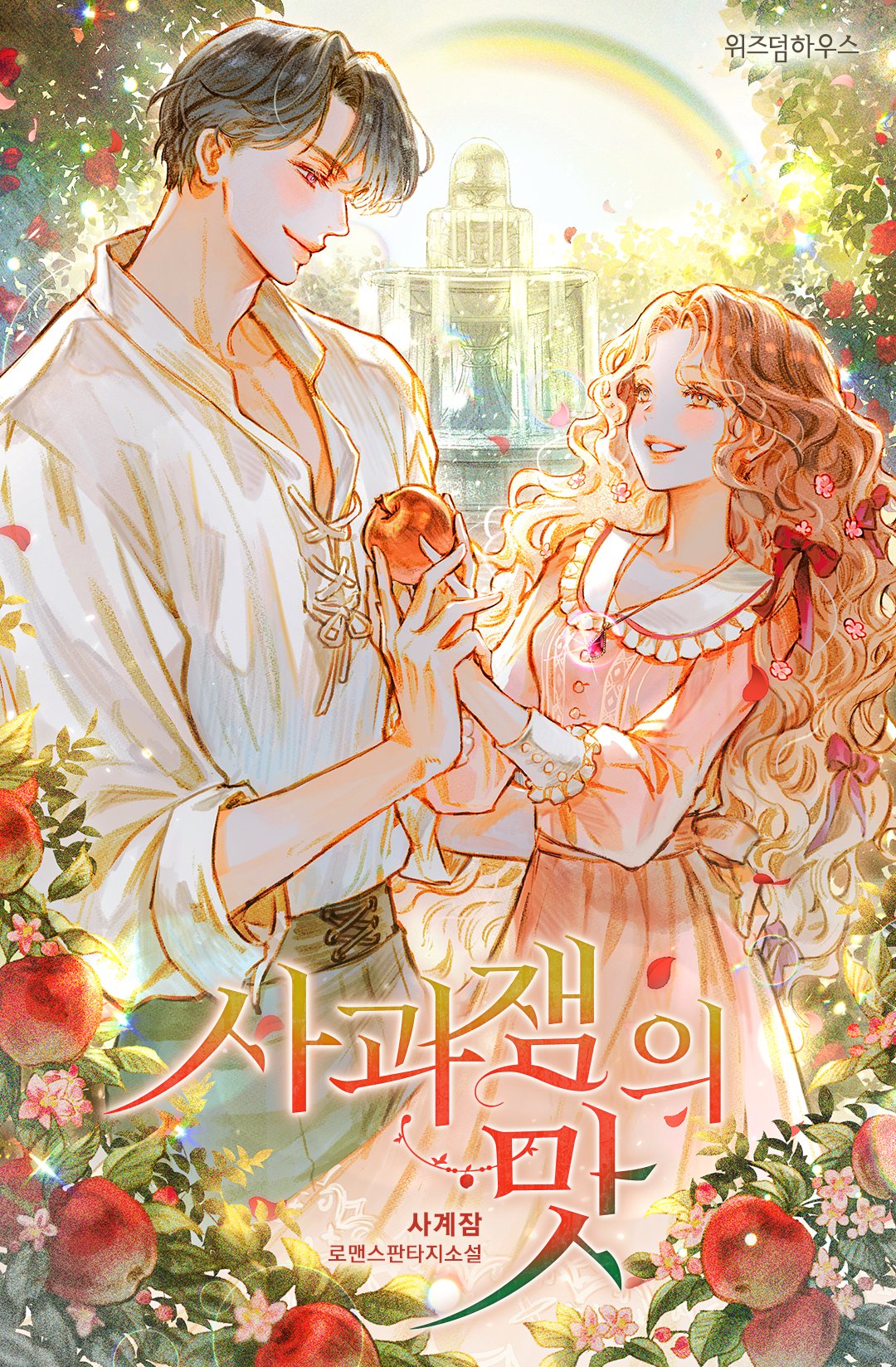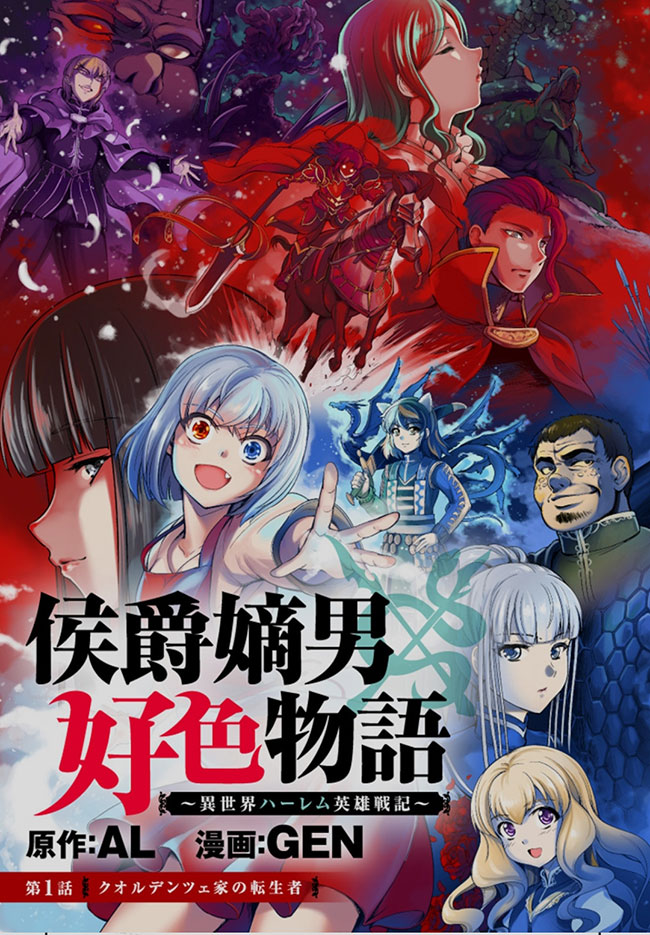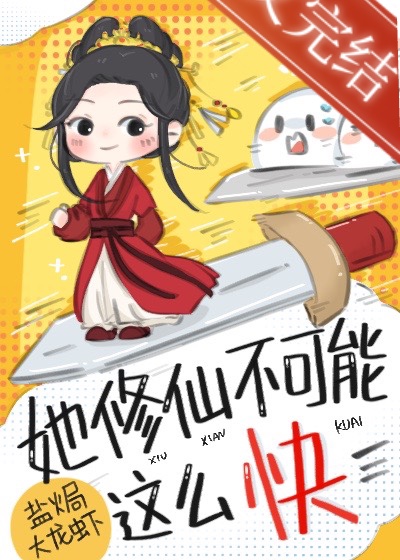sters, right? Why did only high-ranking monsters appear back then?”
Indeed, in the past, dragons, chimeras, wyverns, and cyclopes were the ones that appeared.
Then, about 5 years later, low-level monsters like the ones we see everywhere started to appear.
There were already low-level dungeons, but suddenly, the dungeons shifted their strategy to overwhelm with quantity rather than quality.
“Dungeons are the Earth’s defense mechanism, so they must have thinned out the human population to some extent and weakened the momentum.”
“Dungeons are the Earth’s defense mechanism, so they probably thinned out humanity to some extent and weakened their forces.”
“No one believes such a stupid theory, Sakimori.
And this area has become a region where weak monster groups appear.
It’s scary to cut the grass here.”
I understand what you’re trying to say.
I also tried to avoid coming here as much as possible.
“But this is the most suitable place for fields and crops, so there’s no help for it.”
I threw a small stone at the grass at my feet.
The grass rustled and trembled.
Grass blades extended like spears and attacked the stone.
With a metallic sound, the stone got repelled, and the roots of the extended grass emerged from the soil, examining the stone.
After staring at the stone, seemingly losing interest, the roots retreated into the ground.
Those grasses had roots resembling human-like carrots.
“They’re Mandragora.
Even if you pull them out of the soil, they don’t scream like they’re dying, but those plants are as sharp as knives.
They can cut through thick clothing.”
A frustrated expression appeared on Shingen’s face as he stared at the submerged Mandragoras.
They had completely concealed themselves within the grass, making them indistinguishable from other plants.
[Lesser Mandragoras can mimic the surrounding leaves.
They are F-rank monsters that reside underground, making them difficult to defeat.
They’re troublesome opponents.]
[If you knew the Lesser Mandragoras lurking underground, you’re already in trouble.]
Floating Shizuku shows me the monster encyclopedia, but it’s not just the Lesser Mandragoras.
A squirming, meter-long caterpillar-like creature emerges from the grass, drawn by the sound of the pebbles.
It appears to be a caterpillar, but its movements are as fast as a full-speed sprint by an adult.
It has densely packed, needle-like bristles on its toxic purple skin.
Touching its skin would result in poisoning.
[Worm.
An E-rank monster.
It spits viscous threads to immobilize its enemies, paralyzes them with its venomous bite, and devours them.
Additionally, there is a high possibility of the presence of the Mothman near the Worm.]
The caterpillar-like monster is called a Worm.
When it evolves, it transforms into the giant moth Mothman, which has an emaciated and withered human-like body shape.
Mothman can use wind magic, and their wing scales release a more potent paralyzing toxin than the Worm.
It’s also considerably fast.
It gets classified as a D-rank monster.
[Insects are tough foes… They can be quite troublesome.]
In general, insects have dulled pain receptors.
Goblins, for example, can withstand a blow that would make them flinch.
If you shoot arrows into them until they resemble hedgehogs, they won’t get defeated easily.
And, if the Mothman appears, the battle situation will change drastically.
Mothman moves faster than a helicopter, and due to its dulled pain receptors, it’s tough.
It can even slice through thin iron plates with its wind magic.
[If there were two of me, we might have managed somehow.
Mothmaaan, Mothmaaan!]
For some reason, Shizuku starts raising her hand, swaying her body, and dancing.
Ignoring her foolish yet adorable behavior, I turn to Shingen and speak.
You'll Also Like
-

Cultivation: Start From Upgrading My Computer
Chapter 47 September 3, 2023 -

Red Envelope Group of the Three Realms
Chapter 1986 September 1, 2023 -

The Taste Of Apple Jam
Chapter 9 August 29, 2023 -

Using Gacha to Increase My Companions and to Create the Strongest Girls’ Army Corps
Chapter 84 August 28, 2023 -

Weird Live Broadcast: I Can Deduce Endlessly
Chapter 100 August 28, 2023 -

In Order To Meet You, Beloved
Chapter 35 August 28, 2023 -

The Cat Transformation
Chapter 27 August 26, 2023 -

Chemistry
Chapter 61 August 25, 2023 -

After Being Robbed of Everything, She Returns as a Goddess
Chapter 47 August 25, 2023 -

The Marquis’ Eldest Son’s Lascivious Story
Chapter 232 August 26, 2023 -

The Male Leads Were Stolen by the Extra
Chapter 13 August 24, 2023 -

The Top Efficiency Cultivator
Chapter 21 August 22, 2023
